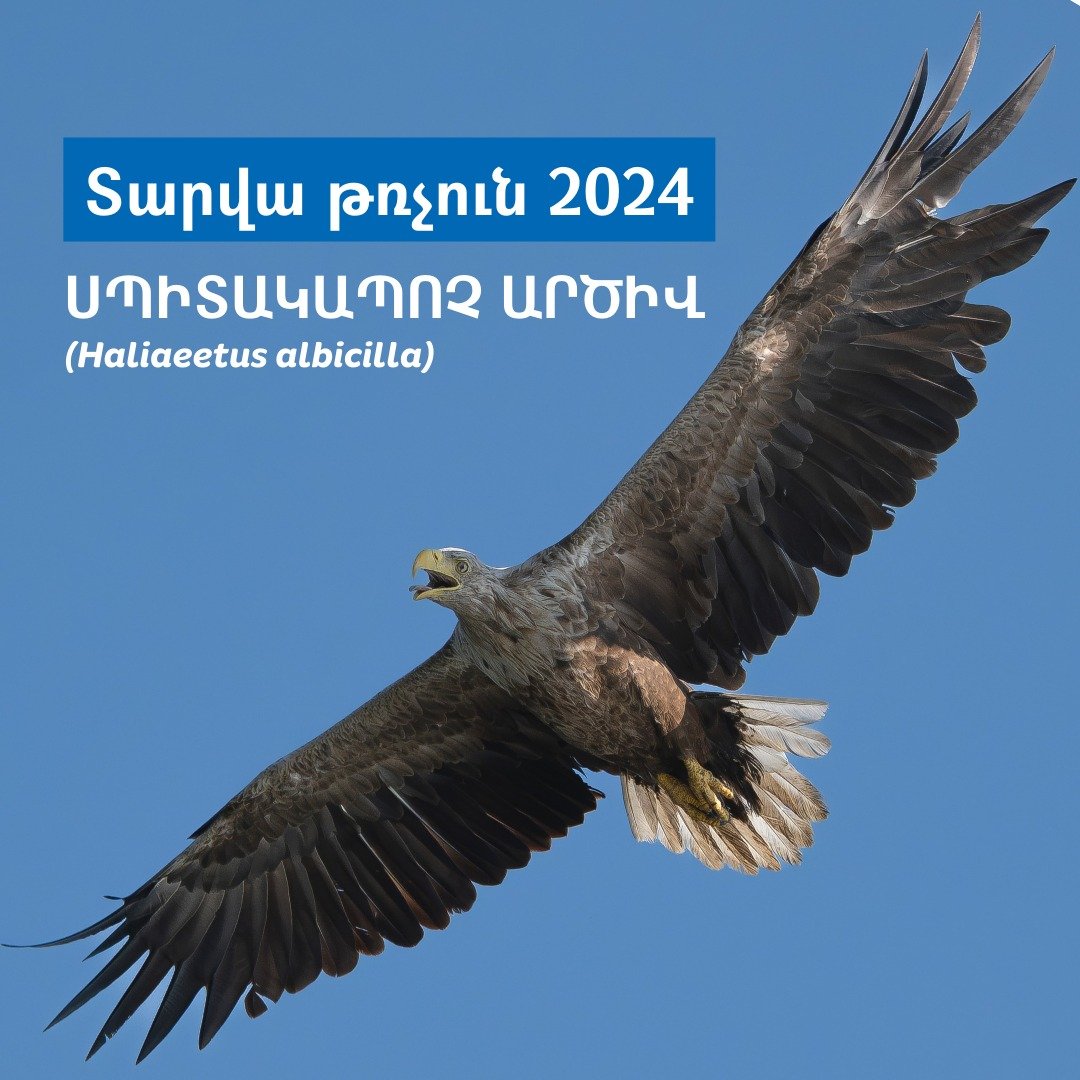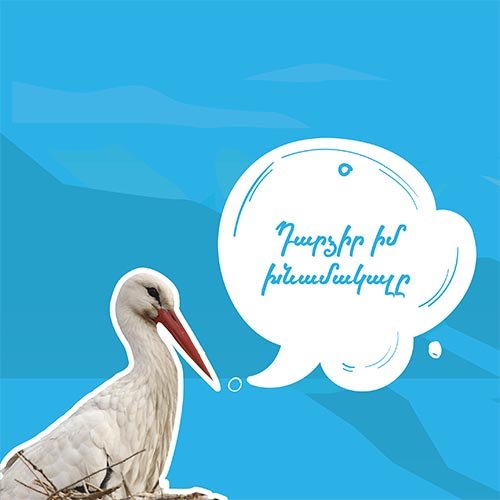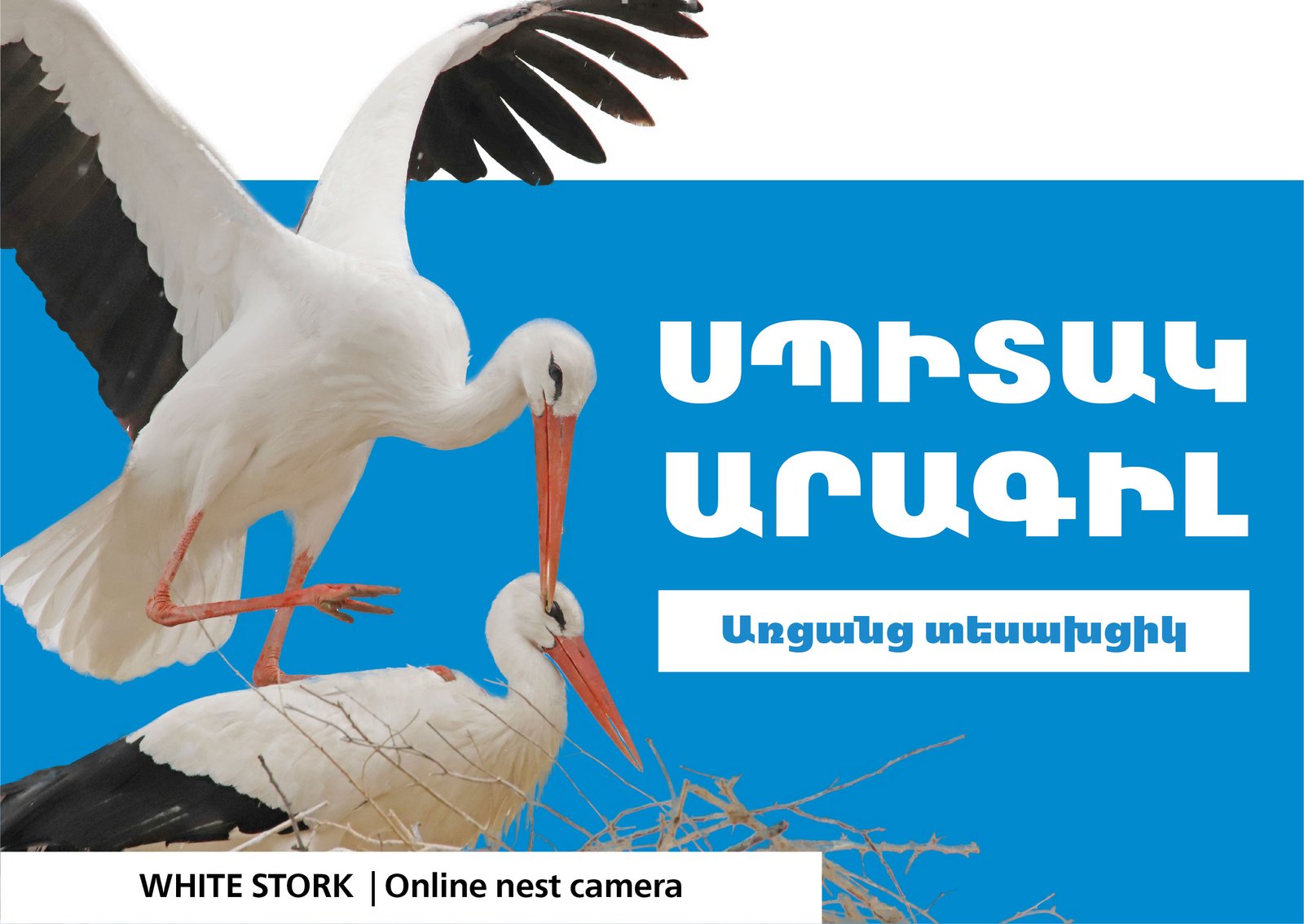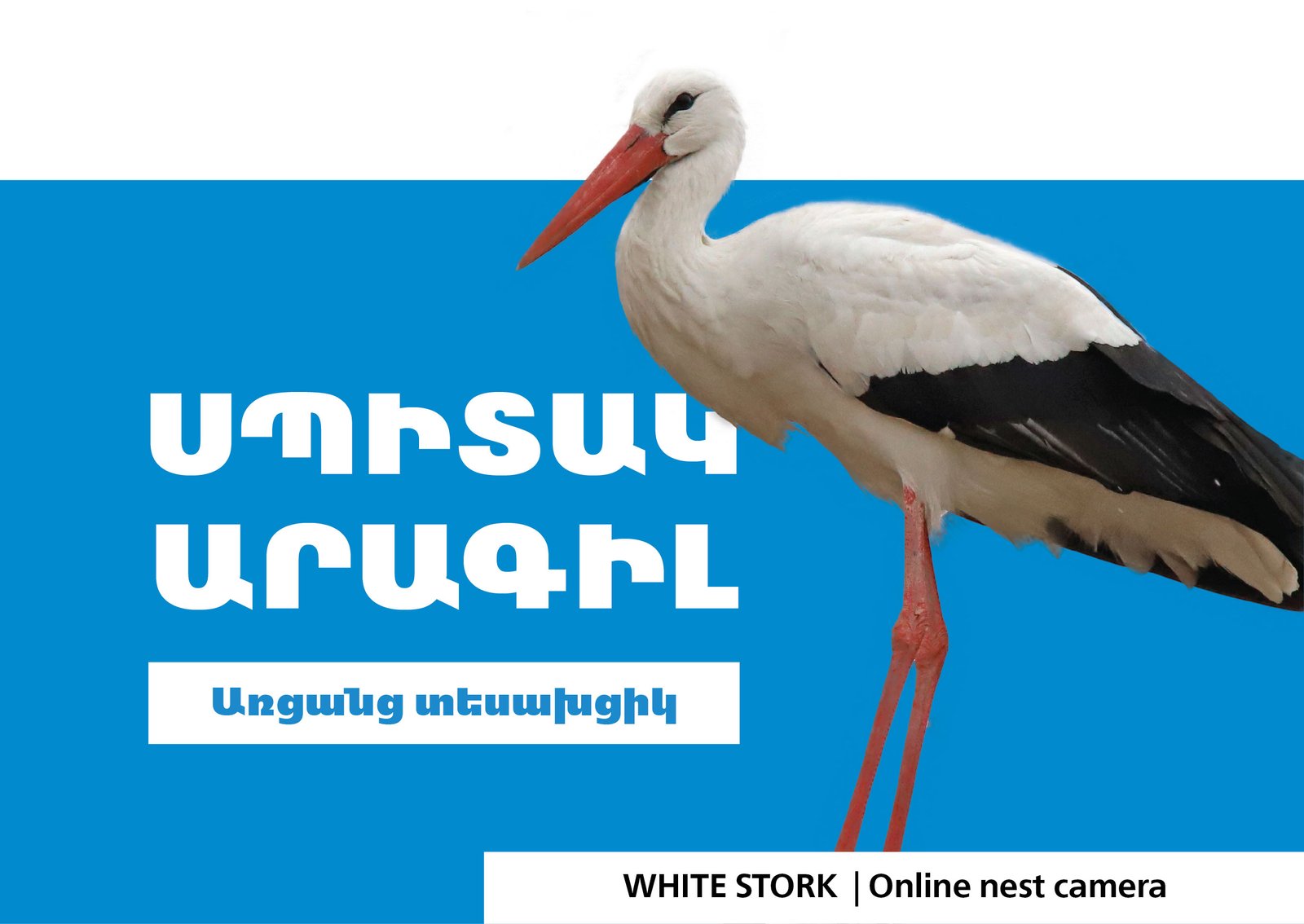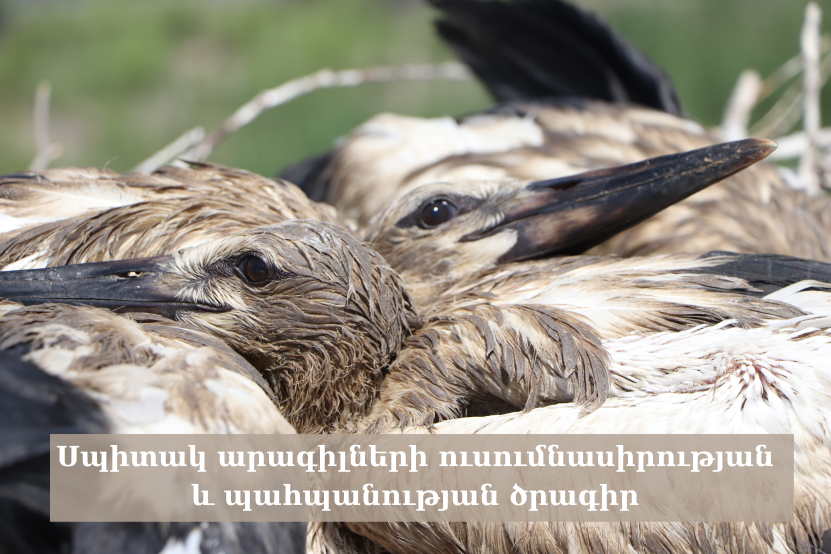
Since 2017, the phenomenon of contamination among storks has been noticeable. The first calls about it were received from Hovtashen village of Ararat marz. Some further studies showed that there are other habitats besides Hovtashen where the plumage of nesting storks is blackened.
Contamination is observed in both adult storks and stork cubs. This is directly related to the way white storks feed. Thus, while feeding their young, the parents pour the half-digested food either into the chicks' beaks or into the nest. This process is often very sloppy, causing food and water to spill over the heads, backs and wings of the pups. With naturally clean food, the feathers are easily cleaned over time. However, when food is contaminated with organic oils, they remain on the feathers.
As a result of wind, sun and other weather factors, the organic oils attached to the feathers harden, causing the feathers to lose their basic characteristics of providing body heat insulation and the ability to fly. For this reason, the first flight of young white storks, depending on the degree of contamination, is unsuccessful, causing them to end up on the streets of populated areas and becoming victims of rushing cars or attacks by stray dogs.
In connection with these problems, The branch of the German Nature Protection Union (NABU) in the Republic of Armenia is launching a program to study stork ecology in the Ararat Valley, which aims to identify the contamination zone and causes, as well as to conduct rescue operations for birds rendered helpless by the contamination.
We will regularly present the details of the events and the performed works both on our social networks and on our website.




